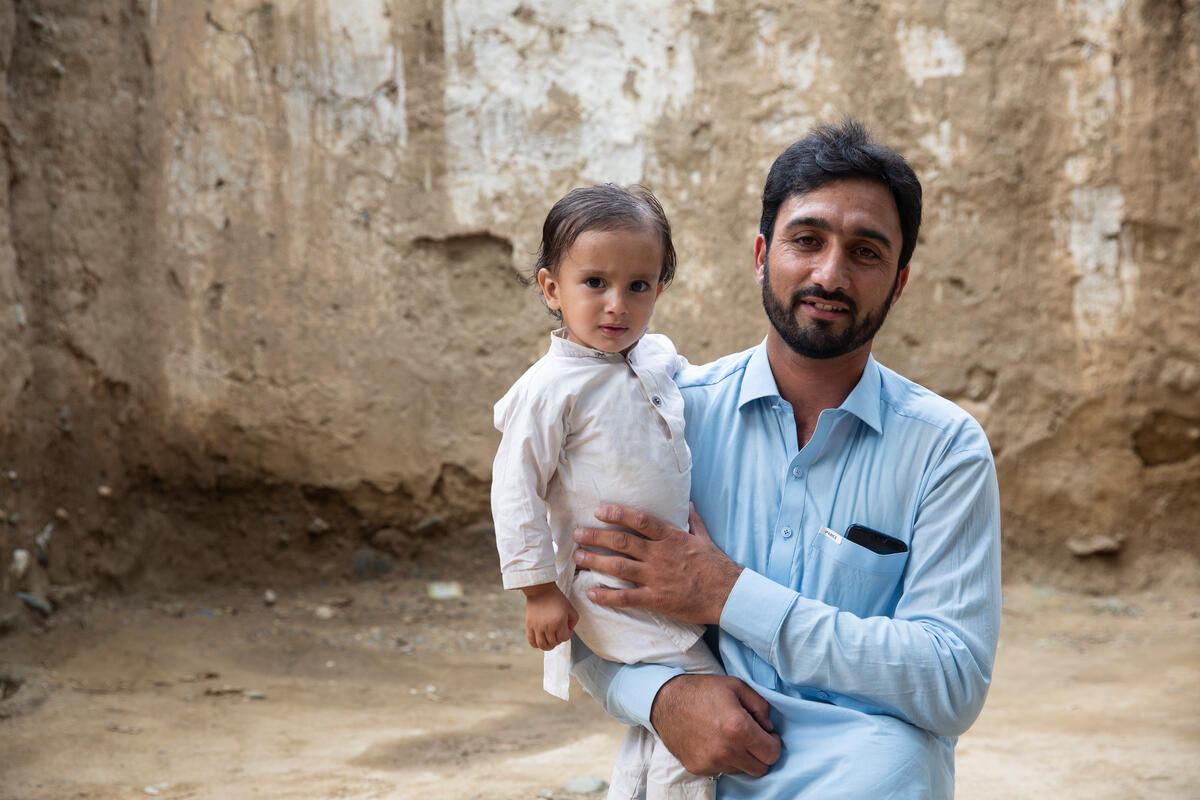Pakistan: Signs of renewal emerging in flood hit areas though needs remain high
Pakistan: Signs of renewal emerging in flood hit areas though needs remain high
Six months after devastating floods first hit Pakistan, in July 2010, some 166,000 people are still displaced and living in over 240 camps and spontaneous settlements. This is substantially down from the peak levels in September and October when 3.278 million people were living in camps, but it still represents a substantial population in need of help. In all, an estimated 20 million people were affected by the floods and 1.7 million houses were damaged or destroyed.
Of today's camp populations 128,000 are spread across 188 locations in Sindh province, 25,000 are in 39 camps in Balochistan, and more than 13,000 are in 16 camps in Khyber Pakhtunkhwa. Many of these people have lost homes and lack the means to rebuild them. Others are telling us they have lost livelihoods and are without sufficient cash or transport to move on.
UNHCR's emergency response began in Balochistan on 22 July, and later expanded into all four flood-hit provinces. In eastern Balochistan, towns and villages that were inundated for weeks are gradually showing signs of renewal. Shops and markets have reopened and people have started rebuilding homes in hundreds of villages in the worst-hit districts of Jaffarabad and Naseerabad, where thousands of mud houses were washed away. UNHCR is helping to build some 16,000 temporary shelters in the area.
Over the past six months UNHCR provided emergency shelter to almost two million people as part of the joint humanitarian effort. In addition transitional or more permanent shelters have been provided for 7,000 families. But the work is ongoing and we remain committed to helping some 665,000 people across Pakistan with such shelters - with priority being given to the most vulnerable. This winter, we've also been providing warm clothes, blankets and plastic sheeting to people living inside and outside of camps.









